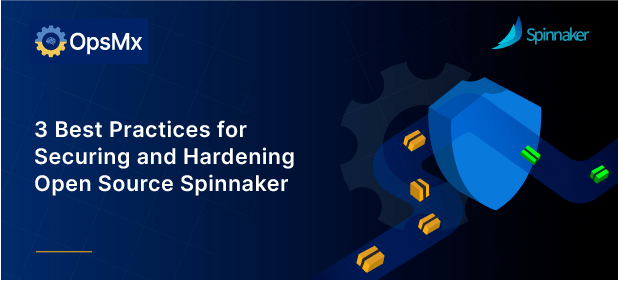What is driving the need for a secured and hardened OSS?
Most organizations are adopting open-source software. But like other software, open source software (OSS) also comes with challenges. For instance, without a proper maintenance and security plan, any open source software is bound to become a liability. Still, organizations fail to address the gaps and include security earlier in the development lifecycle.
Of course, it would be ideal to have a central authority to ensure the quality and maintenance required by open-source software (OSS). But that’s always not the case. Because OSS can be freely copied and modified, it is vulnerable to attack. Security teams must ask themselves if they are ready to prioritize product security.
According to a report by Forrester, “Applications are the top cause of external breaches, and software supply chain concerns added complexity to a challenging year. As development leaders take greater ownership of security in the pipeline, it’s time for security pros to shift their focus to more-strategic product security concerns.”
Spinnaker, an open source continuous delivery software platform developed by Netflix, is used by thousands of organizations around the world to automate their software delivery process, and used by developers, testers, SREs to deploy hundreds of changes a day. But even then, organizations must not overlook security as the rate of vulnerabilities keeps growing by the day.
Hardening OSS Spinnaker at various levels can help organizations maintain a sound security posture. Hardening ensures the security of your pipelines from internal and external security threats. Most importantly, it reduces the risk of releases, prevents service downtime, and helps enforce compliance.
Here are the top three best practices for securing and hardening OSS.
3 Best Practices for Securing and Hardening Open Source Spinnaker
Predictable patched version availability
Patching applications is a critical security function and a must for all IT organizations. Security patches help mitigate vulnerabilities in operating systems, applications, and embedded systems. Software providers harden the key components after a risk analysis, including protection measures against misuse or deliberate attacks.
For open source Spinnaker, it is imperative that software providers deliver patched versions based on a standard scoring framework. For instance, the Common Vulnerability Scoring System (CVSS) is a general framework for rating the severity of security vulnerabilities. This system enables organizations to score their IT vulnerabilities across a wide range of software products – from operating systems and databases to web applications.
When adopting OSS, enterprises must ensure that vulnerability fixers are available immediately and not wait for community patch releases.
Secure and FIPS-140-2 certified
Following compliance requirements specified by a certifying body helps organizations ensure that security requirements are satisfied by a cryptographic module. For example, using an open source registry to secure artifacts with policies and role-based access control ensures that images are free from vulnerabilities and signs images as trusted.
So, for a production environment, organizations must ensure that OSS meets the compliance requirements with FIPS-140-2 (Federal Information Processing Standards). FIPS-140-2 is a security standard that helps safeguard the U.S. government’s sensitive data and digital files. Open source Spinnaker that meets FIPS standards can be trusted to deliver compliance, performance, and interoperability. Also, it helps users consistently and securely manage artifacts across cloud-native compute platforms like Kubernetes and Docker.
Hardened UBI8-based images
Hardening images helps to protect organizations from common configuration vulnerabilities such as denial of service, insufficient authorization, and overlapping trust boundaries threats.
Open source software like Spinnaker uses Red Hat Universal Base Images (UBI) instead of Ubuntu images. Red Hat is the foundation for cloud-native and web applications use cases developed in containers that provide improved security. This ensures that images are scanned for vulnerabilities and meet FIPS requirements. So, organizations must look out for FIPS-compatible images which are reliable, secure, and performant.
Conclusion
As more and more enterprises move to cloud services, the threat surface has expanded considerably. Enterprises across all industry sectors adopting OSS Spinnaker must keep security at the top of their minds and invest in security scanning throughout the product lifecycle. And it is possible to do all the above-mentioned best practices by themselves, enterprises can seek commercial support.
With commercial subscriptions, enterprises can take help build a complete security framework for their Continuous Delivery solution. Additionally, with “out-of-the-box” features, this model help enterprises securely deploy OSS Spinnaker.


0 Comments